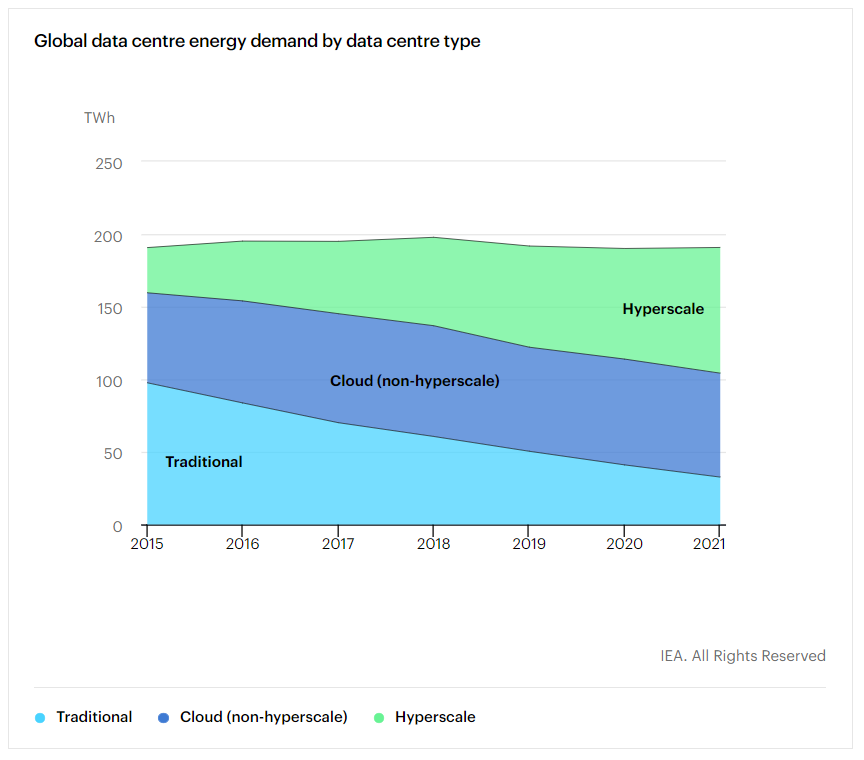The world runs on data. On an average, every second of the day, each person produces 1.7MB of data. This implies nothing else but that data centers are the fastest growing and a very important component of our global economy. The numbers are only going to increase further with the recent emergence of technologies like AI, Self-driving cars, cryptocurrencies, ML, etc.
There has been significant improvement in the handling of data centers in the past decade but the energy consumption is accelerating at an alarming rate. Generating energy through fossil fuels is definitely not a foreseeable solution in the future and ramping up efforts towards decarbonizing data centers will need to be addressed.
How can we start addressing this problem? There are 3 key factors we need to consider – heat, usage and supply. 1)Data center facilities consume 40% of the energy supplied just to cool their systems. The ongoing advancement in sustainability has introduced AI into cooling the facility based on heat readings; 2)Usage of energy by data centers is 80% mainly from coal/fossil fuel – however, companies are looking to consume clean energy and move to ‘zero carbon’ by moving to grid electricity and powering wind and solar power. Research has notably shown that using tidal power (energy produced by surge of ocean water by rise and fall of tides) will become a completely reliable and predictable form of source; 3)Uninterrupted supply of power is also a way to store and backup clean energy. Usage of flow batteries and lithium-ion batteries that can hold charge indefinitely are yet to become commercialized.

In an effort to decarbonize data centers, Microsoft and Iron Mountain indicated in a recent ASU Lightworks webinar series (Watch here) that they have made significant impact in tiny steps towards that goal. We understood from the webinar that Microsoft has pledged to power their data centers and all its offices 100% through clean energy by 2030, creating a complete rethink over the world’s electric grids. With the claim of purchasing renewable energy, we also learnt that they are working on a ‘temporal matching‘ innovation – tracking energy demand in a specific location and supplying an equal amount of carbon-free energy to it. This 24/7 dynamic renewable energy matching will see a reduction in carbon emissions. They believe that their actions alone might not decarbonize the grid but Microsoft is committed to doing their part for decarbonizing the grid – as explained in the series.
We all are aware that Iron mountain is the first one to track hourly renewable energy for its data centers. Kevin Hagen, VP ESG Strategy, Iron Mountain explained in the series that Iron mountain provides data about the carbon impact of their infrastructures tracking the hourly content of energy used. (Watch here) This approach is believed to demonstrate a future vision of how companies can transition to a complete carbon free supply of energy.
Transitions like these will demonstrate the capability of the sustainability of the data centers market to meet the aggressive demands of 24/7 truly clean power. There are agreements made between several countries and various other measures taken to reduce the CO2 emissions – the Paris agreement to address climate change by reducing carbon emissions has 196 countries signed and aims to achieve carbon neutrality by 2050. Companies with huge data centers plan to achieve it faster but nevertheless, we are on the way to a carbon neutral future.
